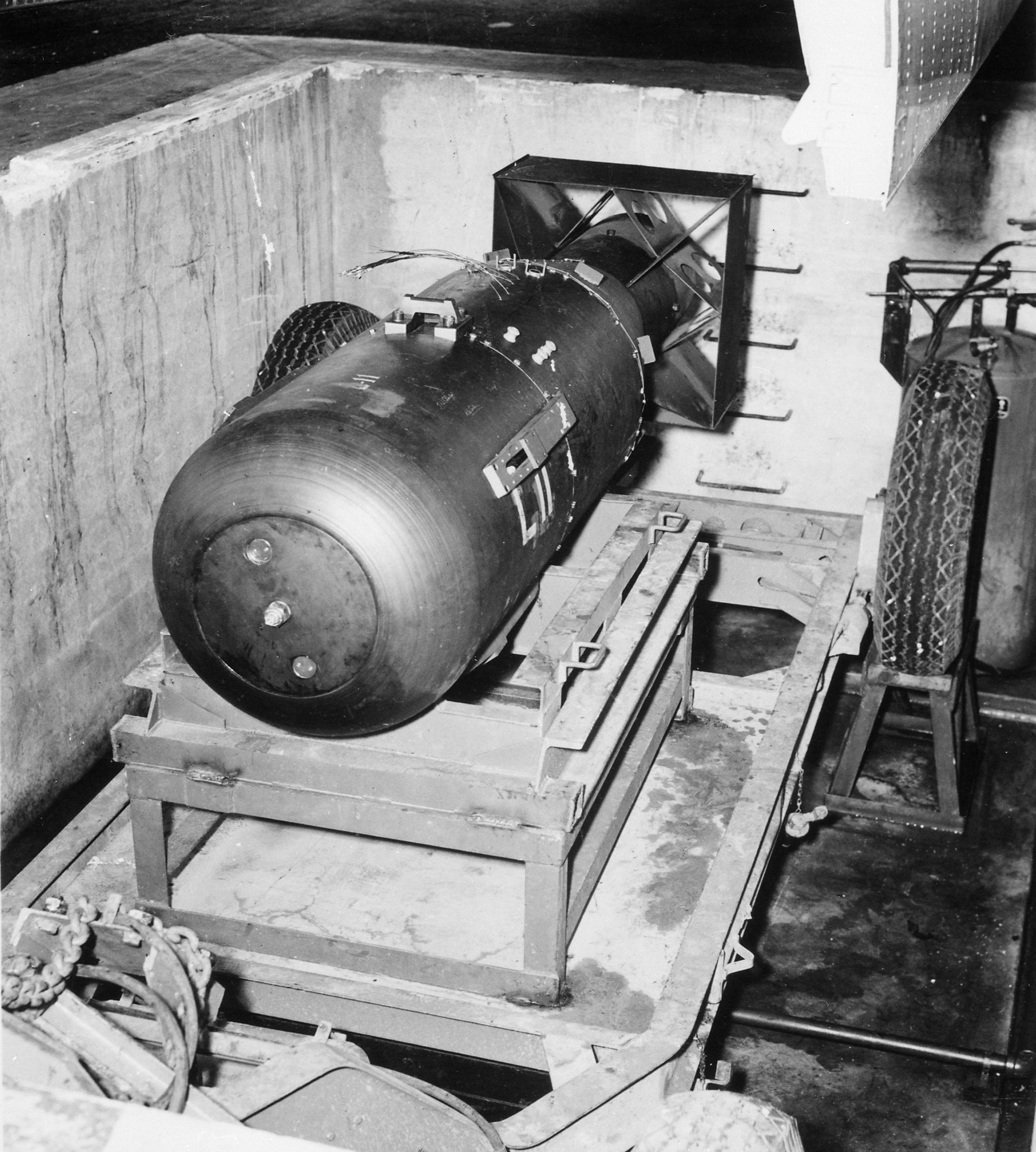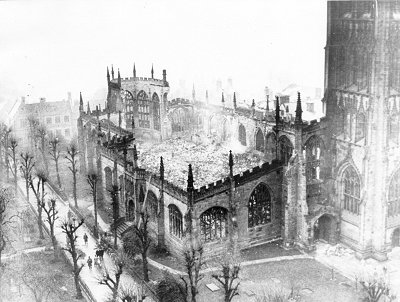While
officially named 'Itsukushima' after its famous Shinto shrine and the even more
famous torii gate that stands in the estuary mouth in front of the shrine
(ranked as one of Japan's three best views), the small island that lies just
off the coastline in Hiroshima Bay is more commonly referred to as Miyajima
Island (which actually means "shrine island").
For my father it was known as "Paradise Island" and, although we discussed it after I returned from my visit there in 2011, by that time his recollections of it were only faint.
However, the picture above shows the beautiful little box (5-6 cm across) that my father brought back from Japan. It was only after he died that I studied it properly and realised that it depicted scenes from Miyajima Island. On the lid are carved the torii, the Senjokaku hall or pavillion, the shrine itself (the buildings on stilts to the left of the torii) and the five-storey pagoda that appear in the pictures below; which were taken by my father in 1946 and by me when I visited the Island in 2011.
On the back of this photograph he has written: "Paradise Island the Gates of Paradise".
On this: "Lens looking out to sea".
Above
and below are my own photographs of the extraordinary arch of the torii gate,
which is made of huge, largely unmodified tree trunks. One or more torii gates
mark the approach and entrance to all Shinto shrines; here though both the
gate, standing in the centre of the estuary mouth and the shrine itself which
is set on stilts to stand above the high tide, are unique for being built over
the water.
The
trunks are massive. People push coins into the vegetation that covers the base
of each trunk. Below is the view towards the land with the Itsukushima shrine
standing on its stilts; here the sea can be seen in the bottom half of the
picture. On the back of the photograph my father has written: "Shrine..
(and what I assume to be his interpretation of the name Itsukushima)".
On this he has written: "View of Gate from the shore".
This
next photograph shows the five-storey pagoda standing next to the Senjokaku hall
whose roof is also visible. Senjokaku means "pavilion of 1000 mats"
in Japanese and apparently the name
describes the spaciousness of the building, as the hall is approximately the
size of one thousand tradional straw-made tatami mats. My father wrote on the
back: "Paradise Island 46, Temple - Buddhist"; and indeed the hall
dates back to 1587 and was commissioned for the purpose of chanting Buddhist
sutras for fallen soldiers by one of the three unifiers of ancient Japan,
Toyotomi Hidiyoshi. Formally it is known as the Hokoku Shrine. The Five-Storied
Pagoda is believed to have been built around 1407 and is also an important
Buddhist site.
Some of my own photographs of the pagoda. An extraordinary structure and painted bright orange.
The great Senjokaku hall . A beautiful combination of tree lined corridors, polished wooden floors and vaulted ceilings.
The outer structure frames vistas across the little town and the wooded hills beyond (see below).
The
rafters of the hall are decked with pictures, many of them faded and old. The
very special representation below shows a samurai warrior together with his
horse swimming across a river. This image is quite amazing and says so much
about the celebration of the relationship between the man and the horse, the
culture of the warrior, his basic toughness and determination. I wonder if my
father saw this image when he was there himself? When I showed it to him he was
clearly moved by it; he was a man who had ridden horses and who understood the
imagery very well.

.jpg)



















